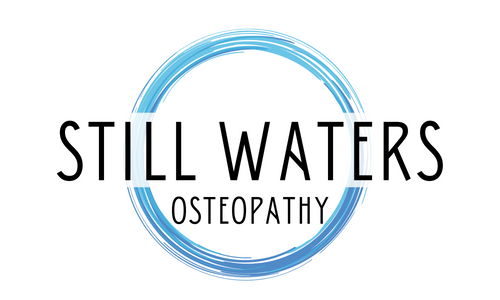What is Osteopathy
Osteopathy is a form of manual therapy based on four principles:
- The body is a unit
- Structure and function are interrelated
- The body is self-healing and self-regulating
- Treatment is based upon the above three principles.
Now, what does this mean exactly? Let's think about it through an analogy. If your car has one tire that's unbalanced, it doesn't just affect that one tire. It's attached to other tires through the axle, which means the entire car is sitting on a base that's not working properly, and it causes abnormal wear and stress on the engine, frame, and everything else which is not designed to work this way.
Our body works much the same way. The body being "a unit" simply refers to the fact that no one part is separate from the rest. If you injured your knee, or shoulder, or anything else - the rest of you will change as it begins to compensate for this injury. This goes from your superficial fascia right down to the bones and ligaments that support all other tissues.
Changes to this knee are going to affect how it functions, and how all the joints above and below (your hip, ankle etc) are going to similarly be affected, having to work harder to make up for the abnormal knee. Your body is self regulating, and so it will make the changes needed to help support this new 'normal', even if it's at the detriment of other parts.
Your osteopathic manual practitioner works to look beyond what hurts and dives into WHY this hurts. We do this by looking at where motion has been lost. Following the relationships of anatomical structures helps us paint a picture of what is happening and why so that we can work to restore motion, allowing your body to heal itself.

